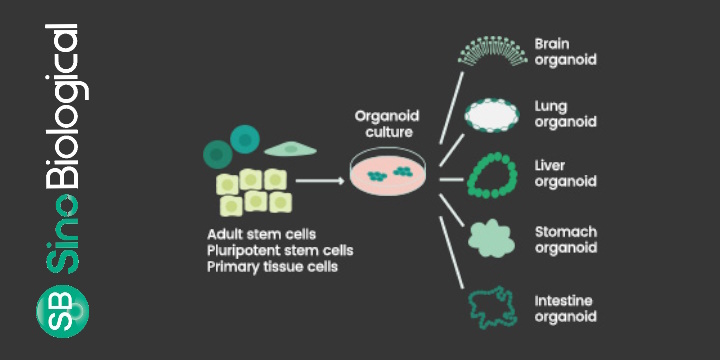
All about organoids
Questo video esplora tutto ciò che riguarda gli organoidi: cosa sono, come vengono generati e come possono essere applicati in vari contesti di ricerca.
Developments in biological research have made it possible to create the physiology and architecture of human organs in extraordinary detail in the form of organoids. An organoid is a simplified model system in-vitro that mimics its corresponding in-vivo organ. These organoids can be generated from pluripotent stem cells, adult stem cells, or primary tissues. Organoids offer the potential to model human development and disease in a personalized manner, which could revolutionize the fields of biomedical research and drug discovery and open new approaches to personalized medicine.
There is also opportunity to apply organoids to transplant research. In 2020, a group of researchers successfully transplanted miniature livers grown from induced pluripotent stem cells into rats. To generate an organoid, typically pluripotent stem cells are cultured and subsequently grown into a fully differentiated structure with specific cocktails of growth factors required for each step.
There are several products available that can simplify the incorporation of organoids into research, such as SinoBiological's recombinant growth factors for organoid culture. Organoid research offers great promise for the future. However, challenges still remain. As the cellular complexity of a model system increases, the standardized culture and study approaches become more challenging.
Other challenges include ethical issues, ownership in biobanking, and establishing pure cancer organoids. These issues can be addressed by better standardization of cultural protocols, ensuring patient consent, and improved culture media-based organoid selection to name but a few options. We will explore organoids in greater detail, including their history, generation, and applications.
Leggi di più: https://www.sinobiological.com/resource/organoid-research-resources
